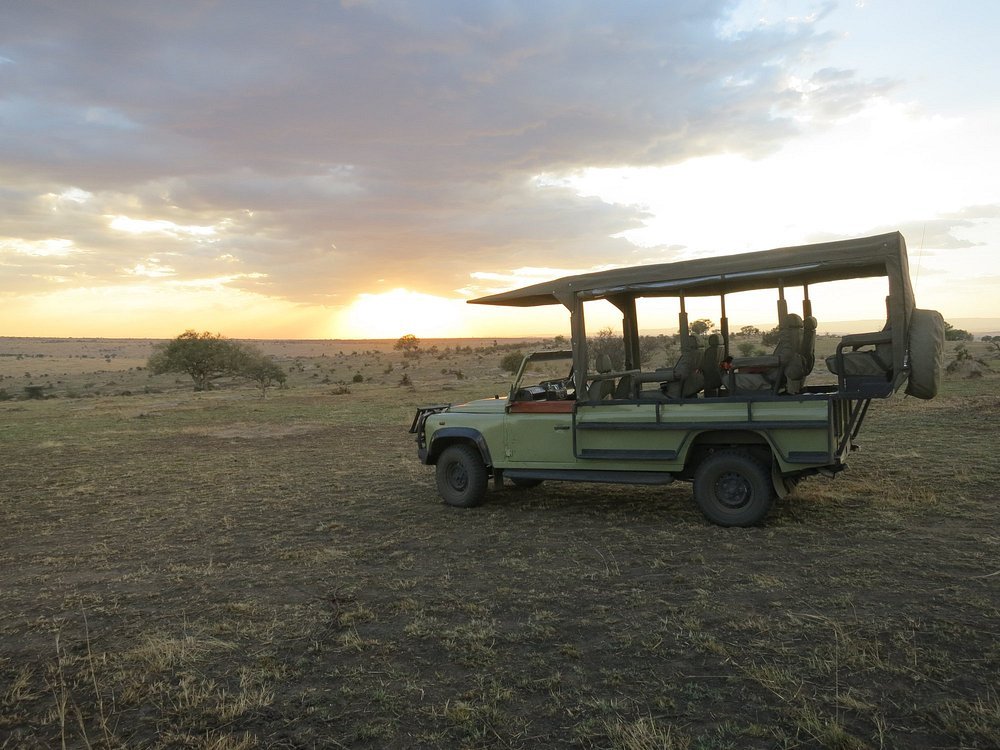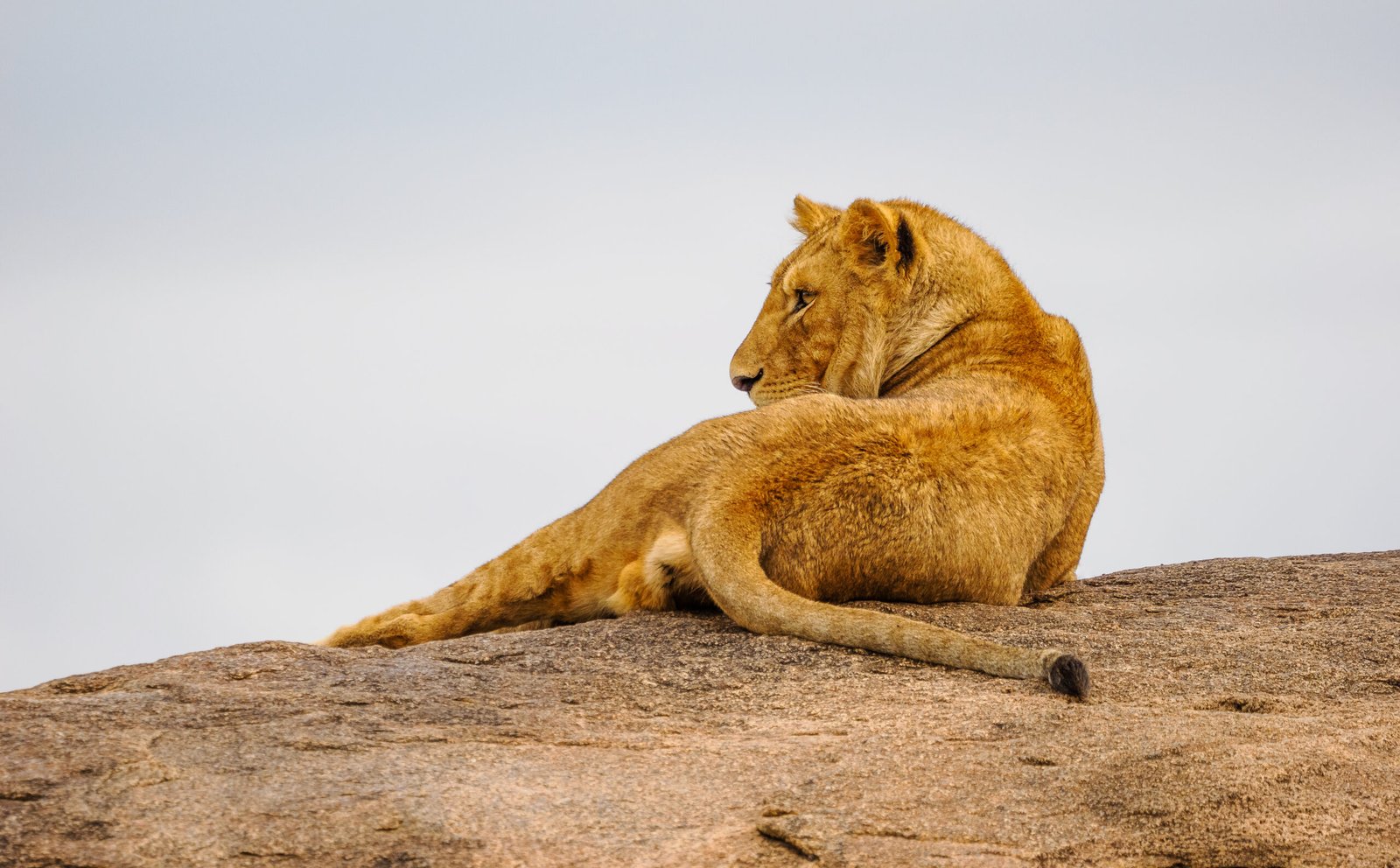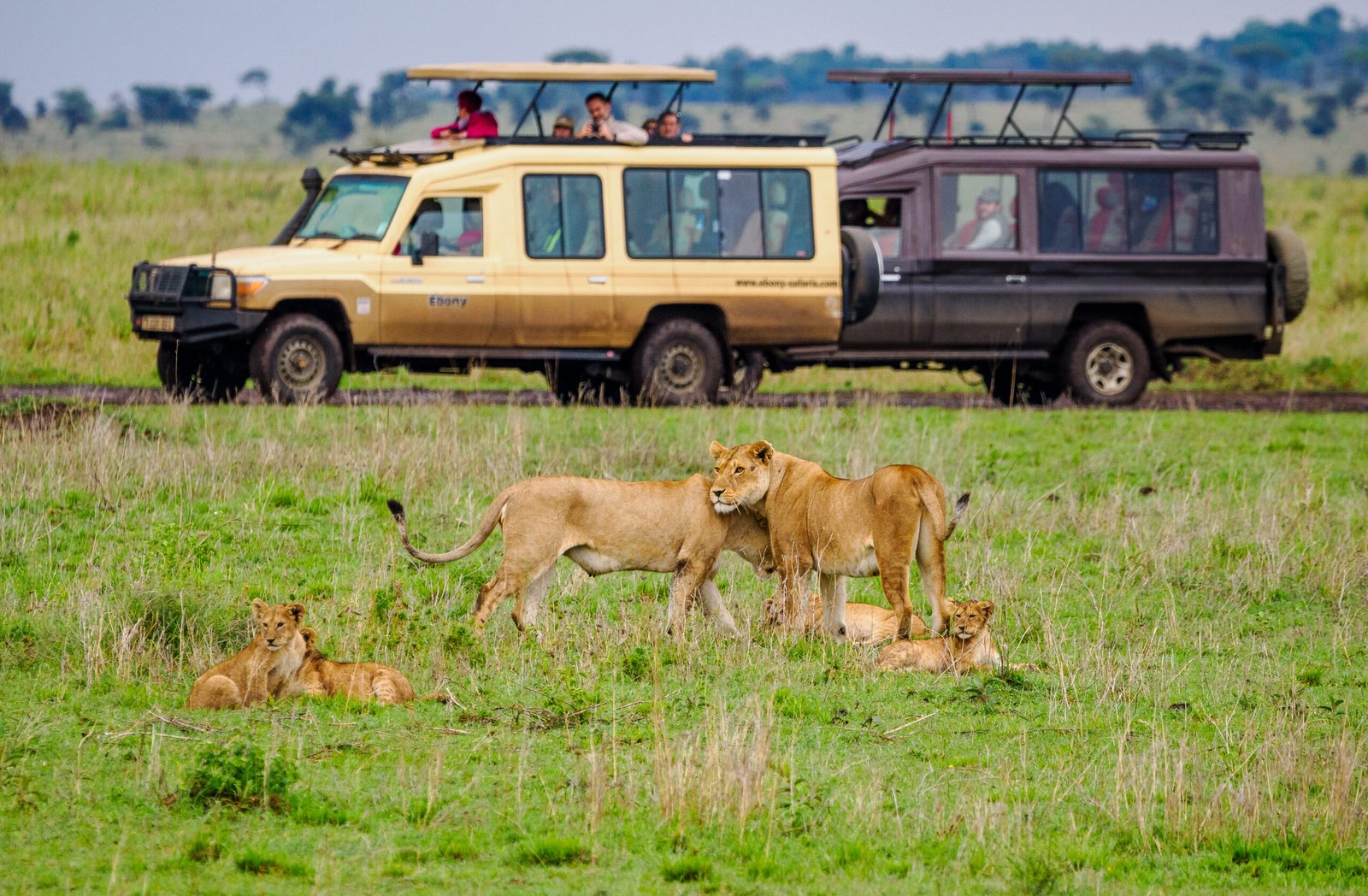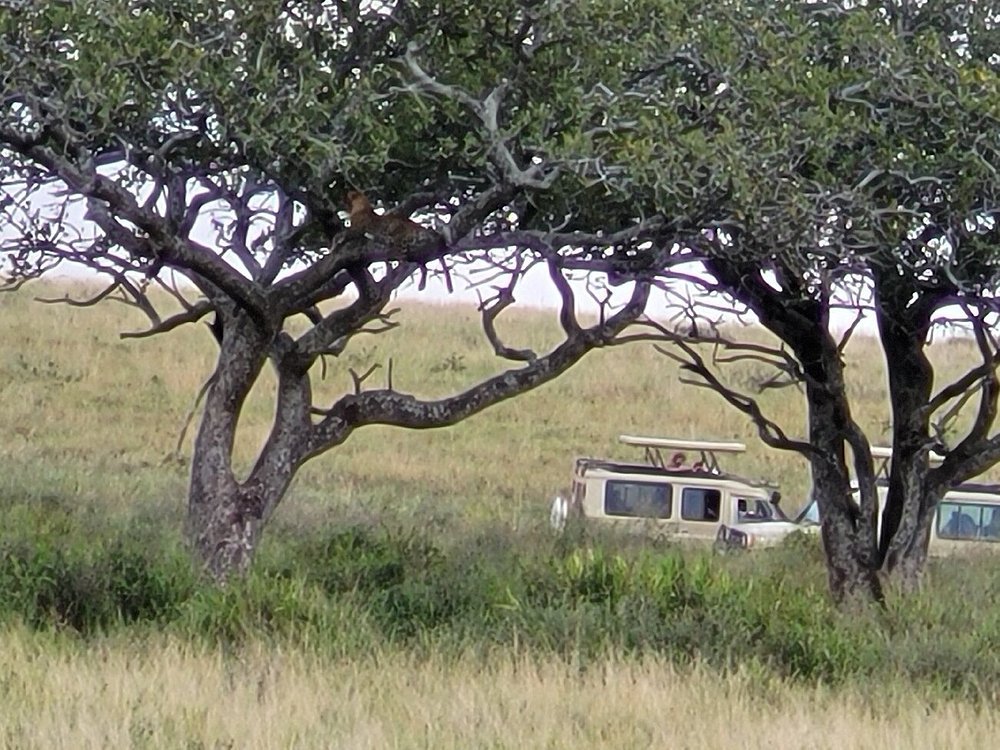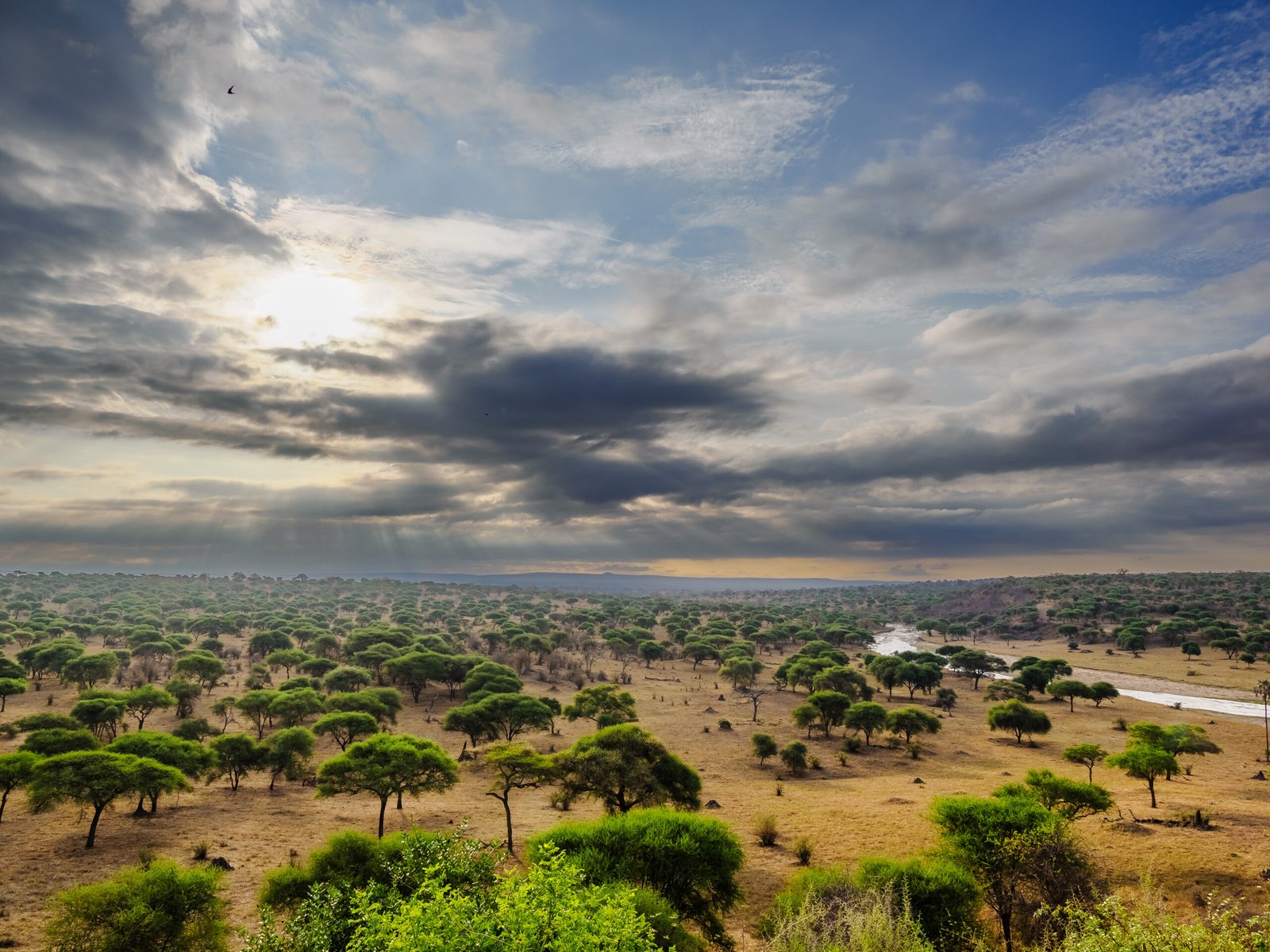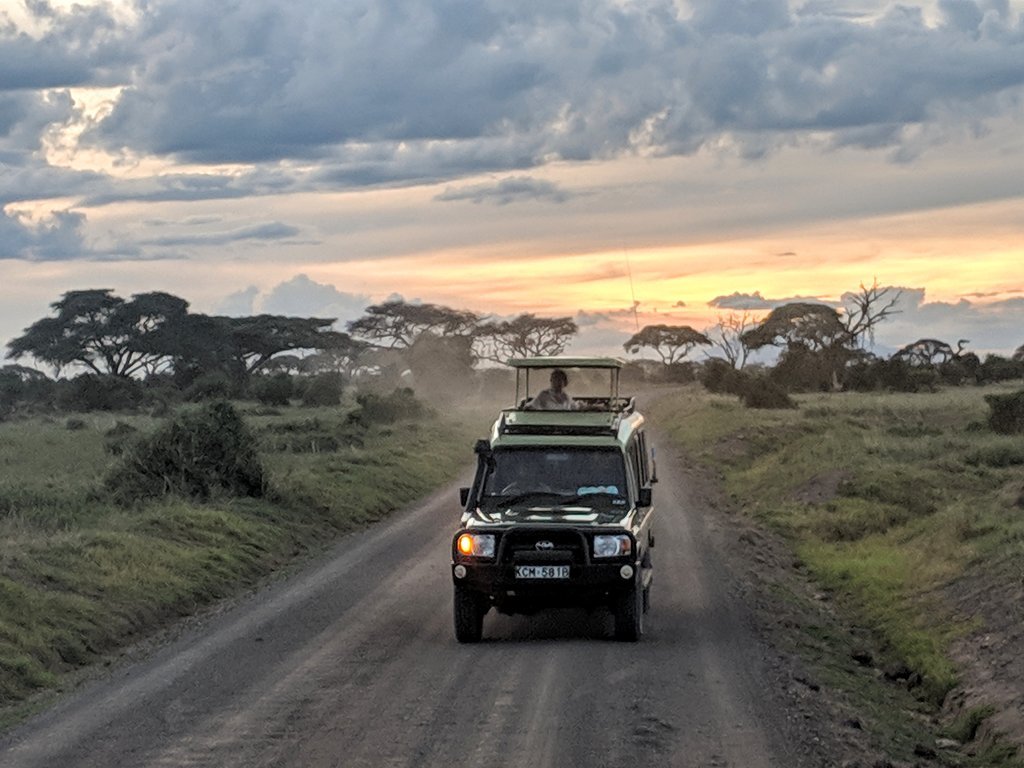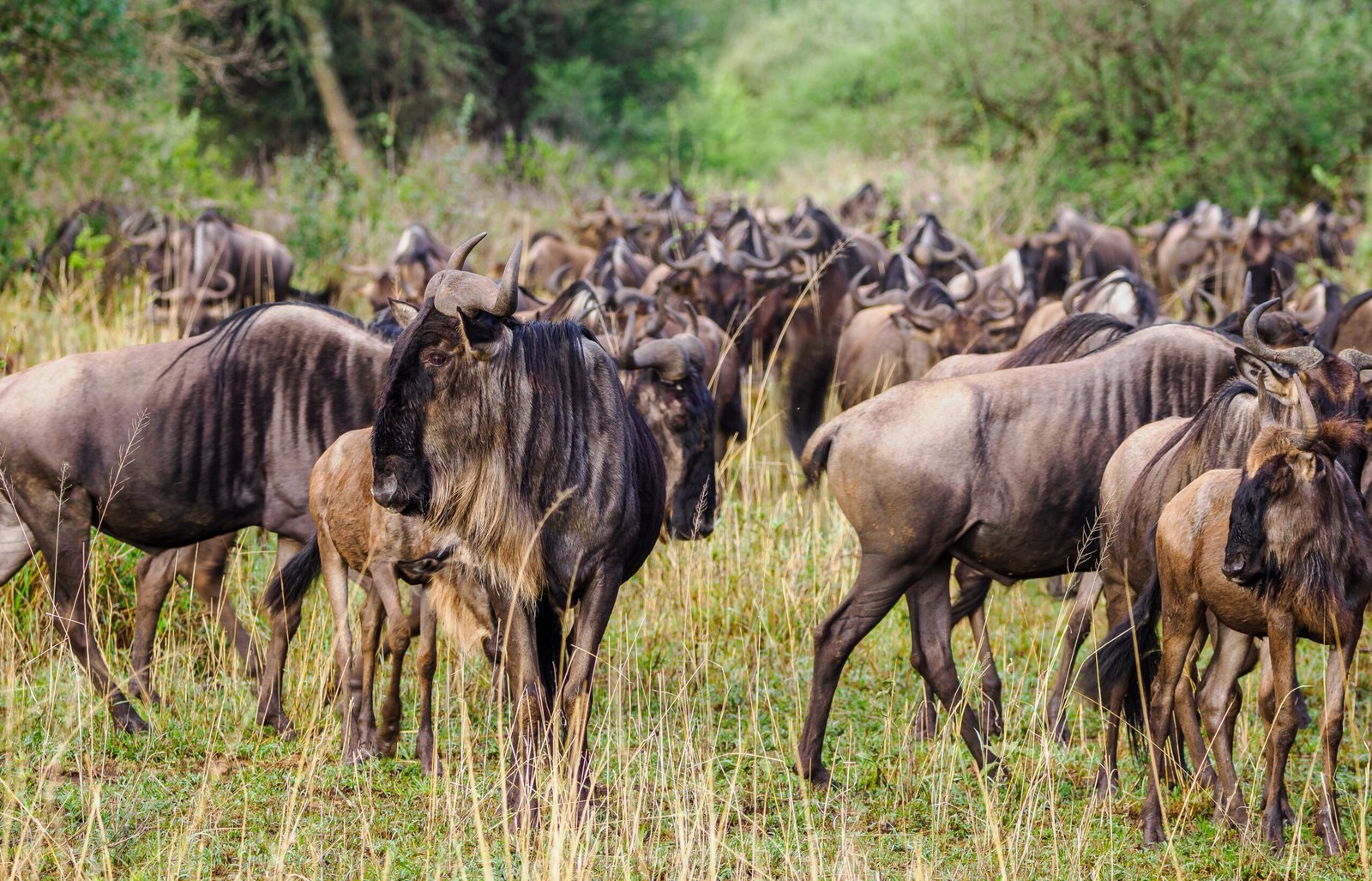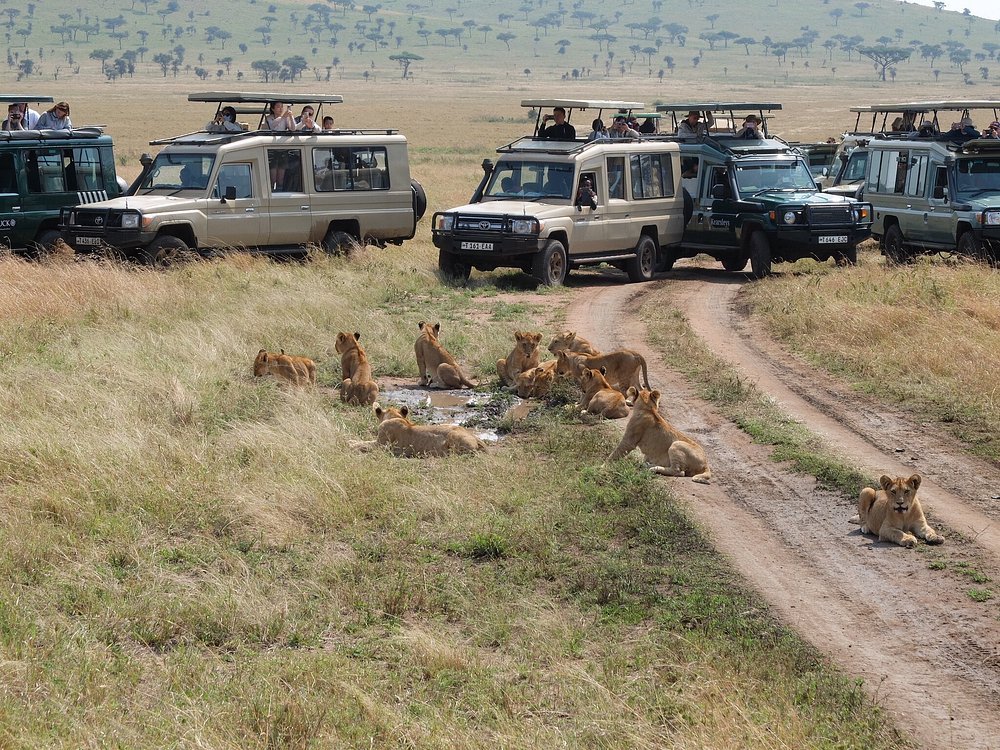Tanzania National Parks – Serengeti, Ngorongoro & Safari Tours | Annest Kenya Safaris
Tanzania National Parks – Explore Africa’s Wild Heart
Tanzania is one of Africa’s most breathtaking safari destinations — a land of vast plains, towering volcanoes, and incredible wildlife spectacles. From the endless savannas of the Serengeti to the lush forests of Ngorongoro Crater, every park offers a different side of Africa’s magic.
With Annest Kenya Safaris, you can explore Tanzania’s famous national parks on custom itineraries starting from Nairobi, Arusha, or even Mombasa. Whether you’re looking for an adventure with the Great Migration, a family safari, or a luxury experience, we help you design the perfect journey.
Top National Parks in Tanzania
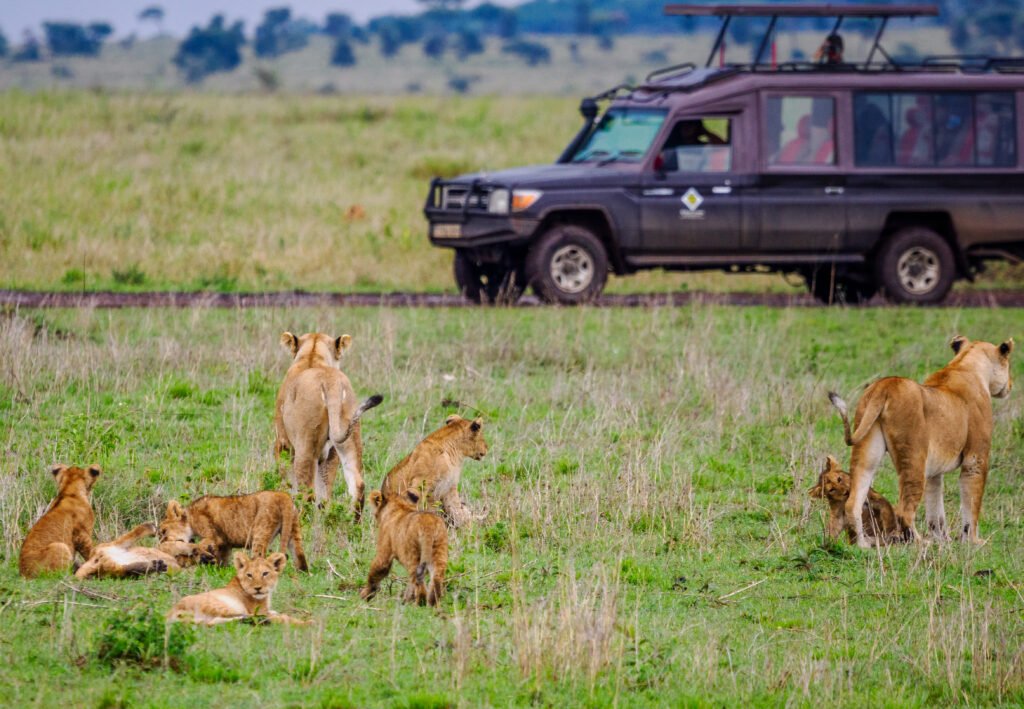
Serengeti National Park – Home of the Great Migration
The Serengeti is the jewel of Tanzania — and one of the most iconic safari destinations in the world. Every year, over two million wildebeest and zebra cross these vast grasslands in the Great Migration, one of nature’s greatest spectacles.
Wildlife Highlights: Lions, cheetahs, leopards, elephants, giraffes, and more.
Best Time to Visit: June–October (migration north) and December–March (calving season).
Unique Experiences: Hot-air balloon safari, sunrise game drives, bush breakfasts.
Ngorongoro Crater – Africa’s Garden of Eden
The Ngorongoro Crater is a UNESCO World Heritage Site and the world’s largest intact volcanic caldera. It’s a natural sanctuary where you can find almost every East African animal species in one place.
Wildlife: Big Five (lion, leopard, elephant, buffalo, rhino) in a single day.
Scenery: Stunning views from the crater rim lodges.
Activities: Game drives, guided walks, and cultural visits to nearby Maasai villages.
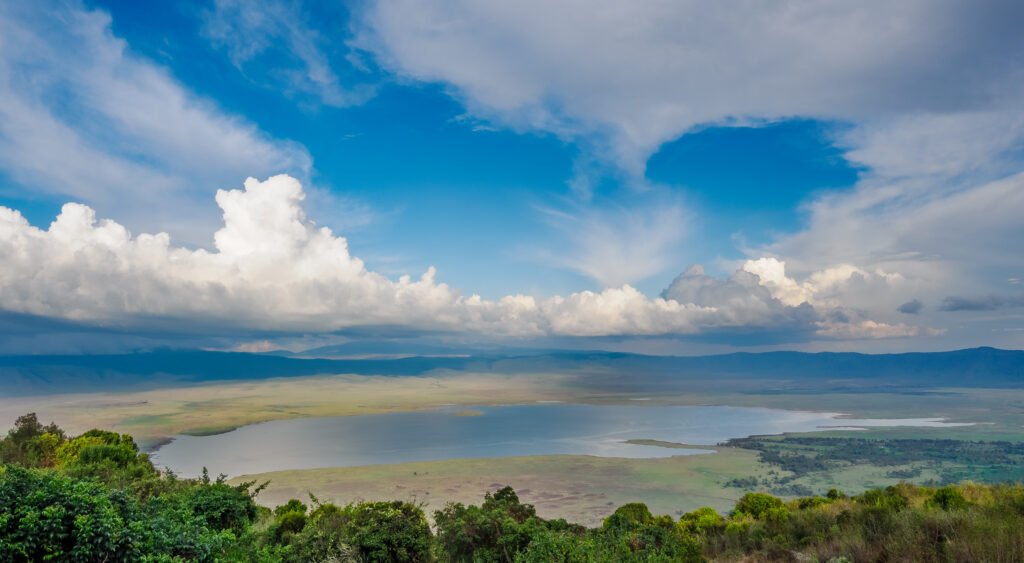
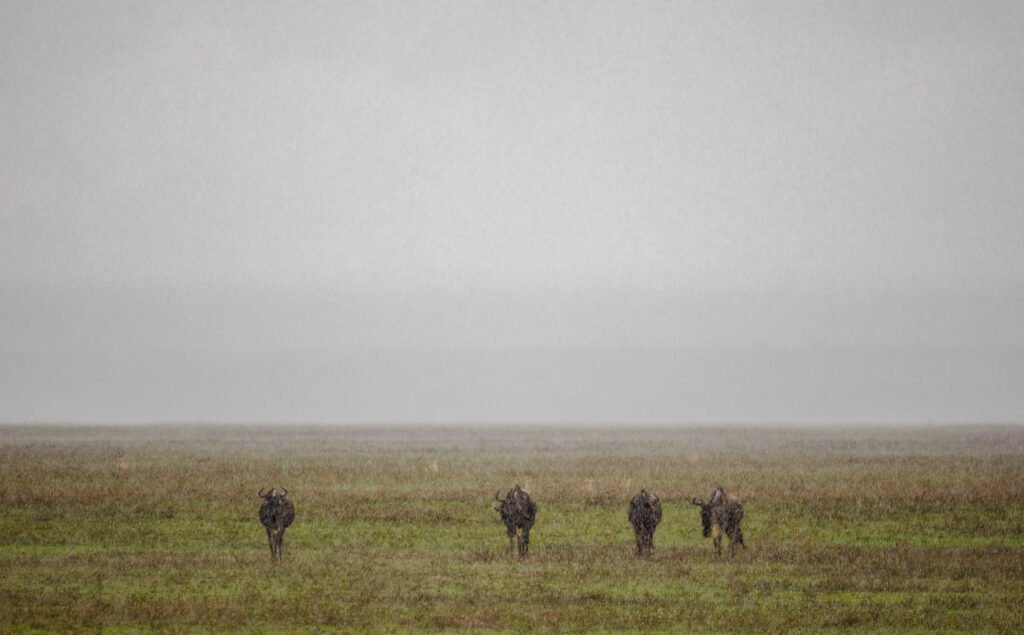
Tarangire National Park – Elephants and Baobabs
Tarangire is famous for its enormous elephant herds and giant baobab trees that dot the horizon. It’s a photographer’s dream — especially during the dry season when wildlife gathers around the Tarangire River.
Best For: Elephant viewing and off-the-beaten-path safaris.
Best Time to Visit: June–October.
Wildlife: Lions, leopards, buffalo, wildebeest, and hundreds of bird species.
Lake Manyara National Park – Tree-Climbing Lions & Flamingos
Lake Manyara may be smaller, but it’s full of surprises. From pink flamingos painting the lake’s edge to the rare tree-climbing lions, the park is perfect for short safaris or family day trips.
Ideal Duration: 1–2 days.
Highlights: Hippos, elephants, baboons, and more than 400 bird species.
Activities: Canoeing, cultural tours, and scenic drives.
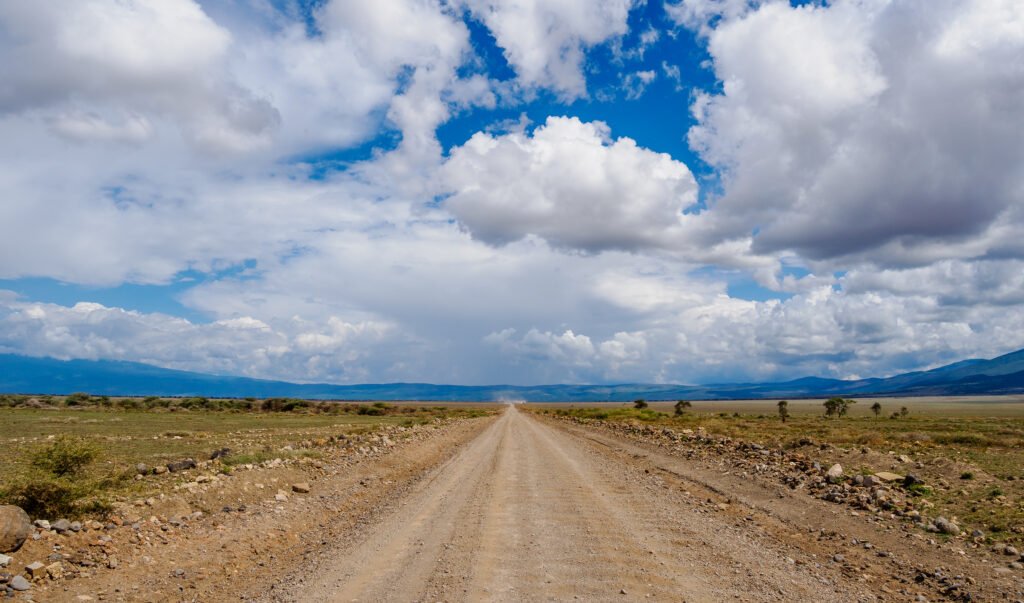
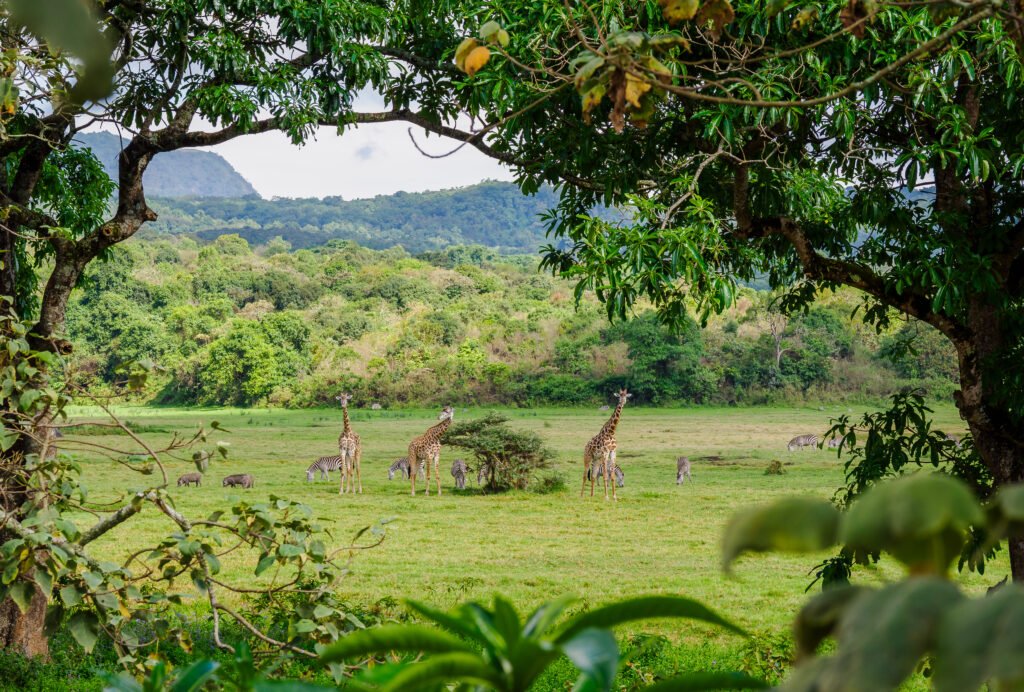
Arusha National Park – Tanzania’s Gateway to Adventure
Located just a short drive from Arusha town, this compact park is ideal for travelers beginning or ending their safari.
Scenery: Mount Meru, Momella Lakes, lush forests.
Activities: Walking safaris, canoeing, birdwatching.
Best For: Short stays or acclimatization before climbing Kilimanjaro.
Hidden Gems: Ruaha, Selous (Nyerere) & Mikumi
For those seeking untouched wilderness, Tanzania’s southern parks offer an authentic safari without crowds.
Ruaha National Park: Rugged landscapes and huge lion prides.
Selous (Nyerere National Park): Boat safaris and remote lodges.
Mikumi: Ideal for self-drive safaris or short breaks from Dar es Salaam.
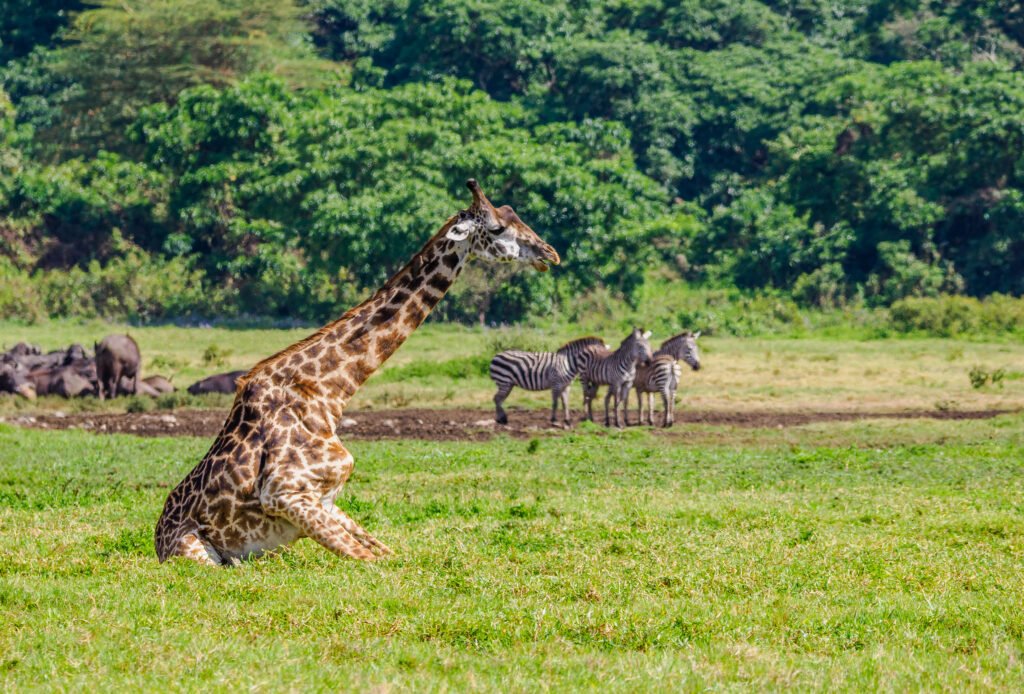
Tanzania Safari from Kenya – Cross-Border Adventures
Why stop at one country when you can explore two? Many of our travelers start their trip in Kenya’s Masai Mara and continue across the border into the Serengeti and Ngorongoro.
Popular Kenya–Tanzania Safari Itineraries:
7-Day Safari: Masai Mara → Serengeti → Ngorongoro.
10-Day Safari: Amboseli → Tarangire → Serengeti → Ngorongoro.
12-Day Safari + Beach: Kenya & Tanzania parks + relaxation in Zanzibar or Diani Beach.
Best Time to Visit Tanzania’s National Parks
| Season | Months | Highlights |
|---|---|---|
| Dry Season | June–October | Best wildlife viewing, fewer mosquitoes. |
| Green Season | November–March | Lush landscapes, baby animals, birding. |
| Rainy Season | April–May | Lower rates, fewer tourists. |
Annest’s experts can help you plan your safari for the best time and park combination.
Explore tailor-made Kenya safari tours, fly-in safaris & Big Five adventures. Private, luxury & budget trips across Kenya, Tanzania & Zanzibar. Plan yours now!
Travel Tips for Tanzania Safaris
Bring neutral-colored clothing (khaki, beige).
Pack sunscreen, insect repellent, binoculars, and a camera.
Most parks accept USD or credit card for park fees.
Combine with a Zanzibar beach holiday for ultimate relaxation.
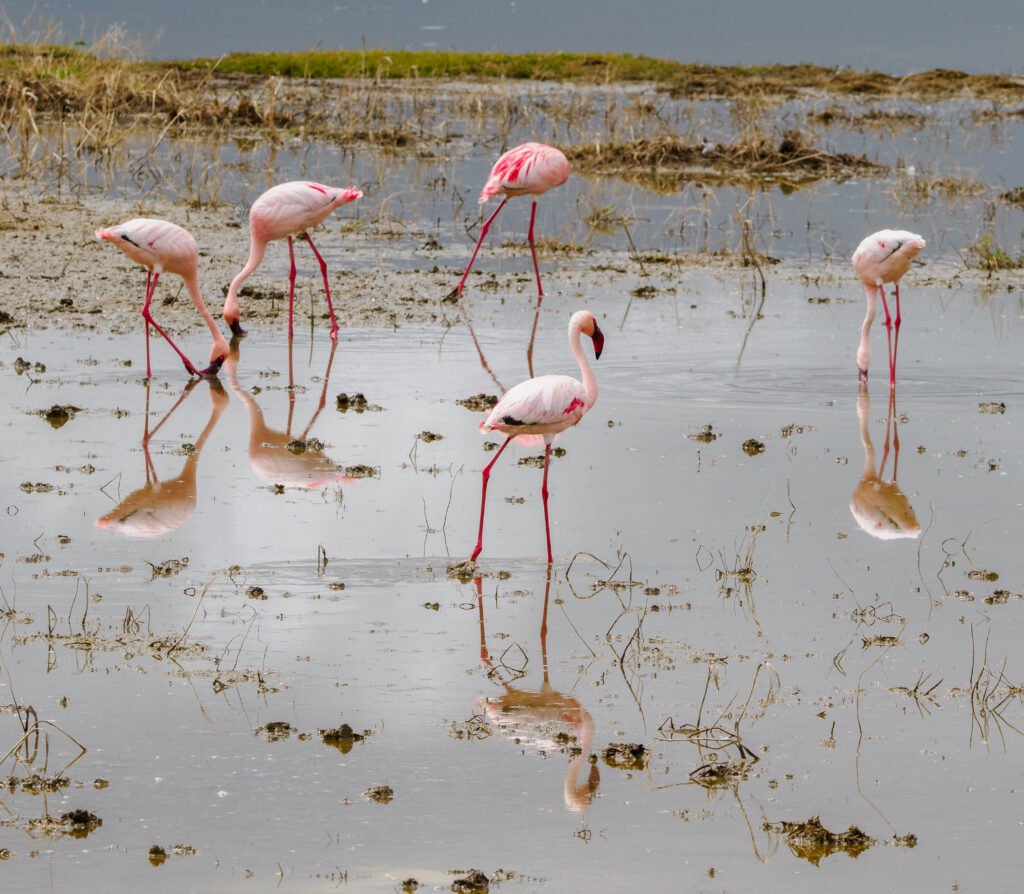
Kenya–Tanzania Safari packages Itineraries
We offer a range of customizable Kenya Tanzania safari packages to suit every traveler, whether you’re looking for a budget–friendly group tour or a luxurious private safari experience.
Book Your Tanzania Safari with Annest Kenya Safaris
Travel with a trusted local expert who knows East Africa inside out. Whether you want a Serengeti adventure, a luxury lodge escape, or a Kenya–Tanzania combo, Annest Kenya Safaris designs every journey around your budget and travel style.
FAQs About Tanzania National Parks
Each park offers something special: the Serengeti for migration, Ngorongoro for density of wildlife, and Tarangire for elephants and baobabs.
The dry season (June–October) is ideal for game viewing, while December–March offers lush scenery and newborn wildlife.
Absolutely. Annest offers seamless cross-border safaris connecting Masai Mara, Serengeti, and Ngorongoro with shared or private guides.
Expect to pay US $250–700 per person/day, depending on comfort level and number of parks visited.
Yes, safaris are guided by certified rangers and Annest’s experienced drivers. Parks are secure and well-regulated.
Most travelers require a Tanzania visa, available online (eVisa) or on arrival at border crossings and airports.
The Big Five, plus cheetahs, hippos, crocodiles, giraffes, wildebeest, zebras, hyenas, and more than 400 bird species.

